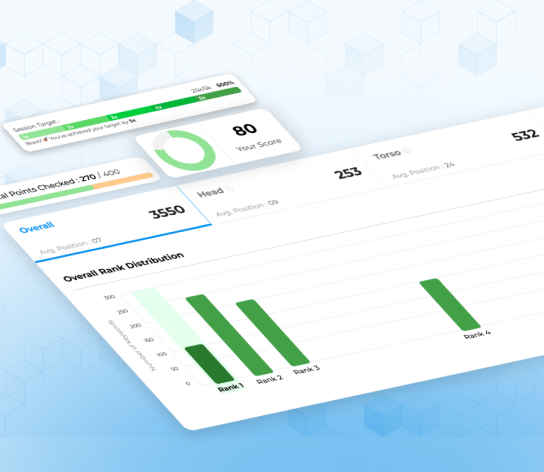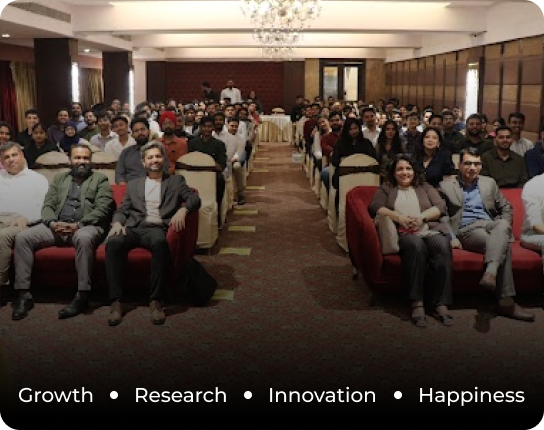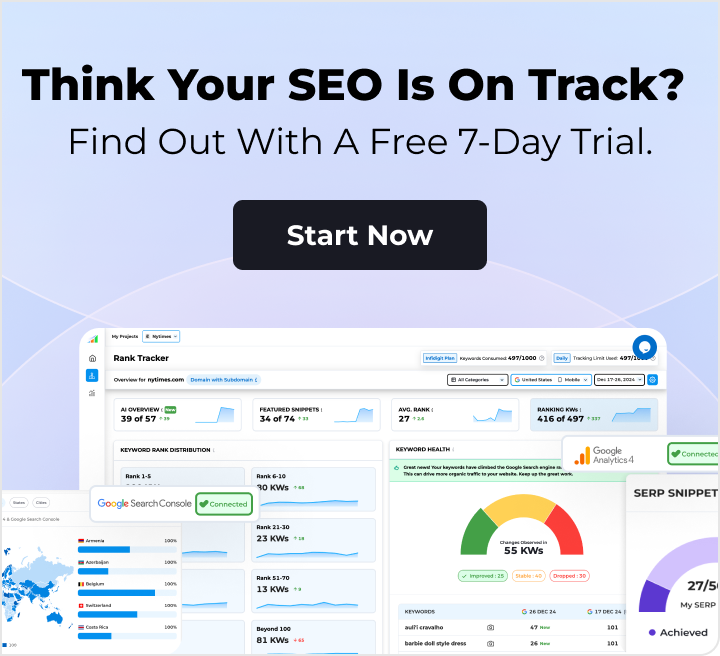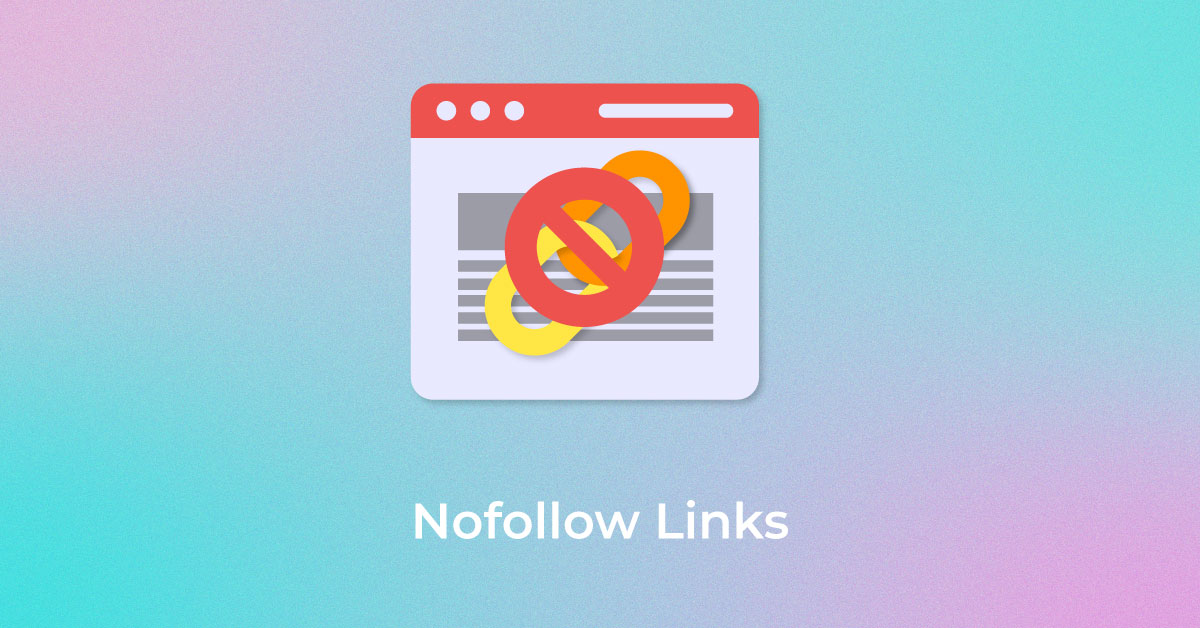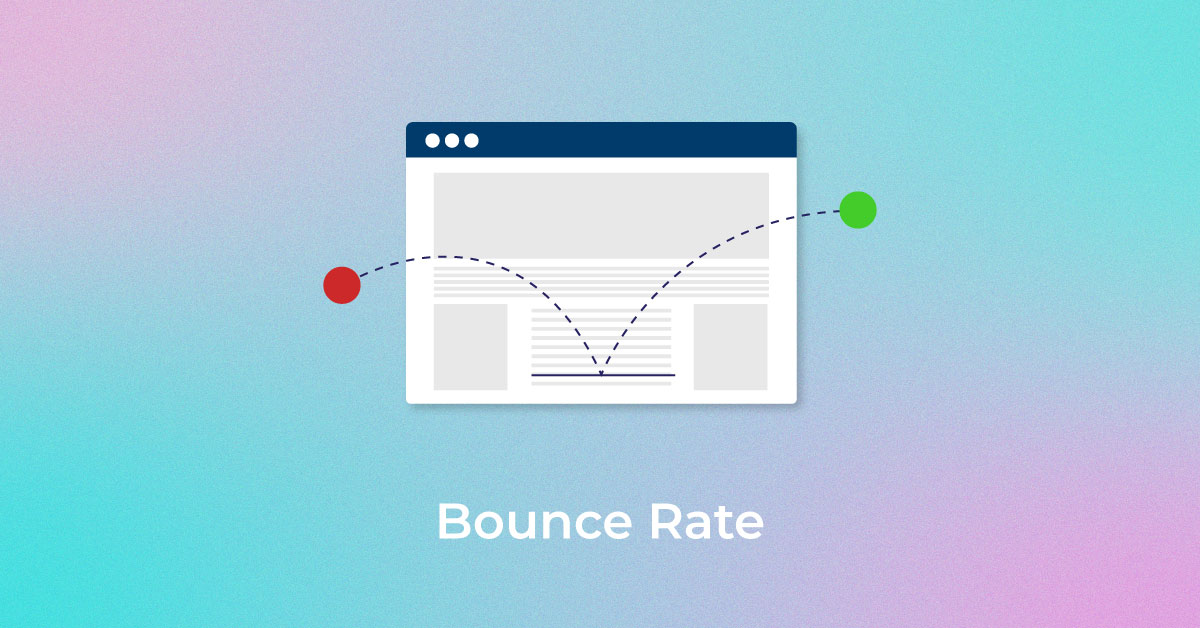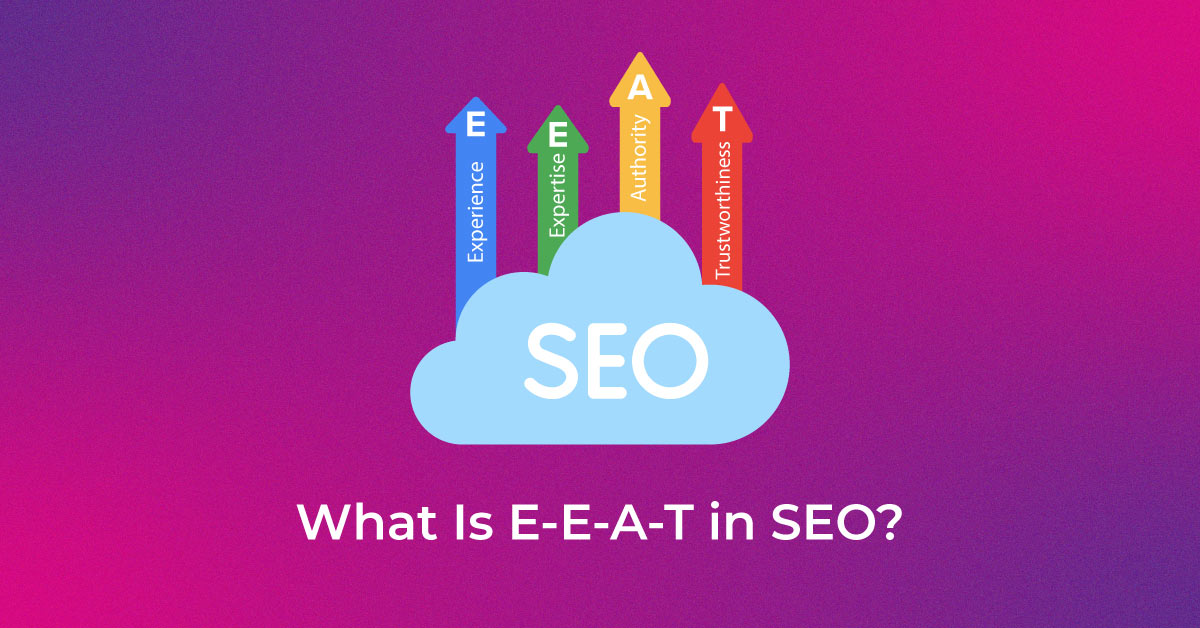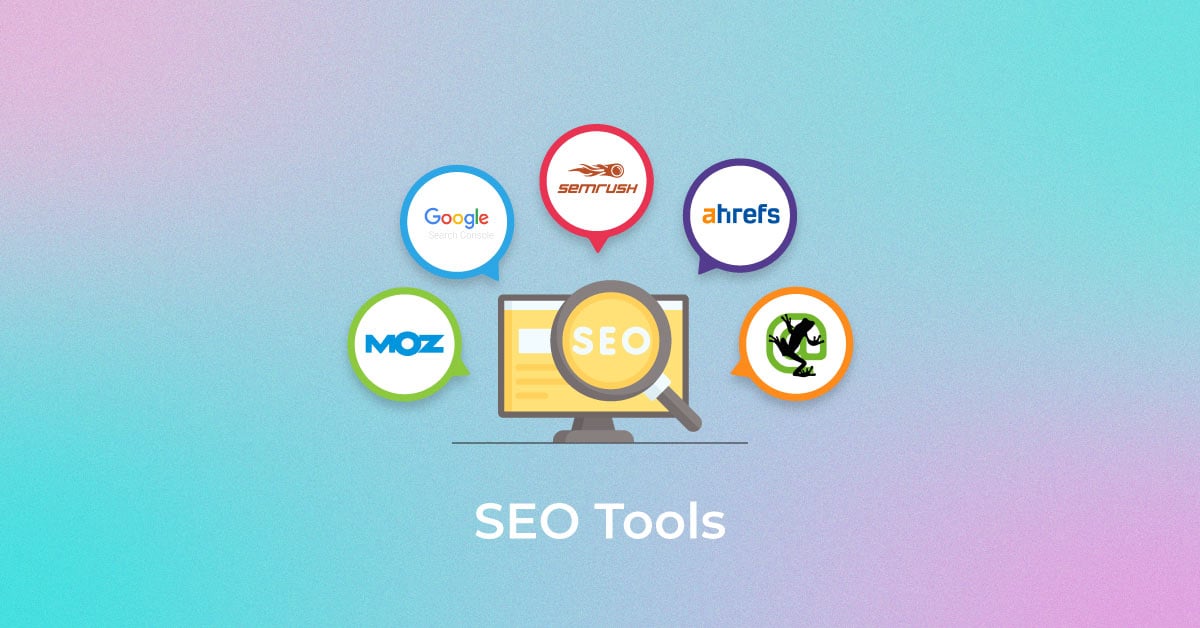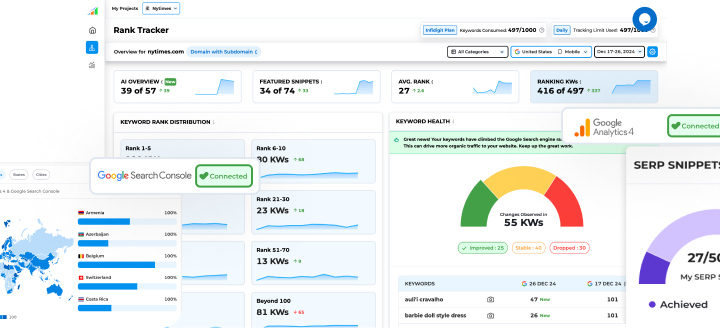|
Getting your Trinity Audio player ready...
|
Organic Sessions
When organic impressions and traffic on your website increase, it should result in an increase in organic sessions. Organic impressions lead to website traffic which ultimately gets converted into revenue and sales. When this happens, you know that actual growth in your SEO ROI has occurred.
Measuring organic sessions is a great SEO KPI to track the actual impact of your SEO strategy. Organic sessions SEO KPI can be measured using Google Analytics or other SEO tools. When measuring this KPI, exclude branded keywords and instead focus on using Google Search Console to view organic clicks.
Keyword Rankings
Keyword rankings fit into the definition of SEO KPIs because they help you track which keywords are performing well and why they are driving traffic.
Earlier, businesses could do with tracking a handful of keywords and implementing a successful SEO strategy. But the emergence of semantic search has given rise to the capability of a single page ranking for hundreds of keywords.
Businesses need to be conscious of the keywords they can rank well for and gather granular insights on keyword rankings and content optimization. Keyword ranking SEO KPI is a direct indicator of the incoming traffic and revenue on your website.
Customer Lifetime Value (CLV)
CLV, or customer lifetime value, measures the earnings a customer brings into the business. In other words, CLV is one of the important SEO KPIs to track SEO activities, which results in a positive financial impact.
CLV is a unifying metric that connects to core SEO KPIs and forces teams, departments, and people to think bigger and beyond a particular stage of the funnel toward a customer-centric approach.
CLV is crucial for teams and marketers to think and strategize content for the entire funnel and all kinds of customers of different personas and expertise.
User Engagement
To the question of what is KPI in SEO, the general answer can be a metric that measures user engagement. User engagement is one of the top SEO KPIs marketers track in relation to business goals.
Among the many, some important user engagement metrics include bounce rates, session duration, average time on page, and pages per session, depending on the kind of business you do.
It is necessary to track these SEO KPIs in the context of your business. A business employing long-form content to woo readers would seek a high average time per page, while an e-commerce website with short product pages would consider the high average time spent disadvantageous.
Conversions (Sales and Leads)
Conversion measured in percentage sales and leads is another of the significant SEO KPIs businesses should consider tracking. It’s natural that with an increase in traffic, your conversion goals also increase. However, if they begin declining, it’s time you take another good look at your organic SEO campaign.
There may also be chances that your conversion rates are increasing, but traffic is decreasing. In such a case, your SEO campaign is efficiently working and well-directed toward your target audience.
Accurate Search Visibility
These SEO KPIs accurately assess search visibility. Accurate Search Visibility tells the story of the SERP, i.e., information on Rank 1 on the Google search engine – what it used to be and what it is now. It also compares actual rank with traditional rank.
SEO agencies use traditional rank, which doesn’t take into consideration PPC, Knowledge Graph, and other Google SERP assets relevant to SERPs.
The actual rank counts everything in the SERPs. Actual rank is responsible for pushing the organic ranking either way and includes PPC, Knowledge Graph Answers, and other elements.
Brand (Organic) Visibility
Brand visibility is an SEO KPI that measures a brand’s overall representation, including all its assets, in a search result. The KPI shows the extent to which the SERP is dominated by the brand assets, which include the main website, social media profiles and channels, youtube videos, images, Knowledge Graph results, etc. It drives sales and brand awareness.
Tracking Brand Visibility as an SEO KPI focuses on measuring off-site content, which is responsible for warding off competitor crowds from SERPs. It quantifies the extent to which a brand dominates the SERPs.
New Users & Regular Users
Measuring new and regular users may seem a bit unconventional for an SEO KPI to track, but this metric is great for optimizing web pages, especially for B2B websites. SEO KPIs are situational, and their relevance depends on the type of site, the kind of business, and the persona of the visitors on the site. This SEO KPI metric measures visitor count – new and returning – by measuring a conversion event such as a click to move the visitors towards conversion.
Google Search Console, Google Analytics, and Big Webmaster are some tools that give good event metrics for these kinds of SEO KPIs.
Return on Investment (ROI)
ROI is the return on investment or the money you get back from a particular investment. It confirms that the time and resources spent on a certain SEO activity, such as content, site structure, backlinking, etc., were able to derive optimum returns.
Thus, a positive ROI on your SEO investment is one of the coveted SEO KPIs marketers aim for. But measuring ROI isn’t easy or straightforward when it comes to SEO. This is because it takes some time before the SEO strategies begin to take effect and show results.
You may outsource the task to an agency or have an in-house team, but the returns may not show immediately. Once the published content starts generating traffic after a meaningful time period, the ROI turns positive.
Bounce rate
Bounce rate is a simple measure of user engagement on your website. It is the percentage of users who click and land on a page on your website but skip without taking any action.
Bounce rate as an SEO KPI is crucial for understanding whether your content focuses on answering user search queries for which it is aiming to rank. A high bounce rate signifies lost opportunities for converting incoming traffic into customers.
It is a great SEO KPI to track regularly if you want to know if your content engages your audience and the remedial steps you can take to improve user engagement levels.
Average session duration
This SEO KPI measures the time users spend on your website and whether they are engaged enough to get converted. Average session duration measures the user engagement on your website.
When you monitor the time users spend on your website, you can also evaluate the quality of published content, the user-friendliness of your website, and their impact on the users.
This SEO KPI metric is also useful in determining the necessary changes required in the website structure, internal linking, depth of the content, breadcrumbs, etc.
Backlinks
Backlinks are hyperlinks on other websites that point to your website. Backlinks are an important part of off-page SEO and are considered ‘letters of recommendation’ to the users and Google about the credibility and trustworthiness of your site.
Google ranks websites based on the number of backlinks the website gets. Being a top-ranking factor, it’s not feasible to ignore this SEO KPI. You must measure the health of your website and compare the same to competitors.
Some other metrics to consider under this SEO KPI include the number of backlinks and referring domains, and the number of links lost and earned.
Conclusion
Before you start tracking your SEO KPIs, it is crucial to ask yourself what is KPI in SEO in the context of your business. Start collecting and analyzing data as soon as possible to keep a tab on the impact of your current SEO efforts and the overall performance of the SEO strategy in relation to the benchmarks you set for your business website.
When you continually track SEO KPIs for your business, you will be able to make smarter, data-backed decisions. You will also be able to display the performance of your SEO campaigns using these SEO KPIs to your stakeholders while staying aligned with the collective business goals.
Popular Searches
How useful was this post?
0 / 5. 0


